Many of our customers and clients use live streams to raise awareness about a cause, share an accomplishment, or raise funds for a specific purpose. A large percentage of our clientele has historically used in-person-only events to accomplish these goals, and have recently begun exploring the world of live streaming to assist with those purposes. Live streaming reaches a wider and more diverse audience — geographically and demographically — providing a venue for our clients to share their message with the world.
However, some clients find themselves questioning the return-on-investment for the live streaming services. If I spend a couple thousand dollars or more to produce a live stream to increase my audience, but I don’t recoup at least that much in revenue, why would I ever want to live stream? The answer to that question is twofold…
- Not all results can be measured in monetary terms. Live streaming can increase your brand awareness, spread goodwill throughout your community and target market, and can result in longer-term benefits that are not easily measured in dollar figures immediately after the stream ends. Consider large-market strategies used by advertisers during the Super Bowl. Some of the commercials leave you wondering what on earth is being sold, or why a company would spend millions of dollars for a comedy ad. These smart marketers are playing the long game, knowing that the benefits will be incurred in the long-term by increased brand awareness and brand psychology, even if they don’t see a spike in sales in the days following the Super Bowl. Live stream producers can frame their investment similarly. While we may not raise thousands of extra dollars as a direct result of the stream, we may be able to provide value that is realized in the longer term.
- You don’t have to pay for the stream out of your organization’s pocket. Particularly for nonprofit, educational, and event clients, advertising and sponsorships are a great way to offset the costs of live streaming, or even to increase revenue above and beyond what would be raised without live streaming. Local sponsors and advertisers usually jump at the chance to reach potential clients that may be watching a live stream. This strategy leads to many more questions, which we’ll discuss in detail below.
Measuring ROI across various media
In small markets like ours here in the hill country, advertising is tricky business. There are numerous traditional outlets available to advertisers such as newspapers, radio stations, and magazines, but there are almost no opportunities to advertise on video platforms such as television, internet broadcasts, or movie theaters. There are no television stations in Kerrville offering local content. The local movie theater only accepts one advertiser per industry, and there is often a wait list that will last for many years for your chance to advertise there. And there are very few digital platforms to reach a target market in the hill country… until now.
Advertisers using those traditional platforms face a challenge… There is almost no way to accurately measure how many people are exposed to your ad, and no way to know what demographic is actually seeing your ad. Some newspapers inflate their circulation numbers (which the daily newspaper in Kerrville is known to do) and they do not measure any demographics such as age, gender, or geography. Radio stations broadcast throughout town, but they don’t have any way of measuring how many people actually listen, since our market is too small for the major listener surveys. So advertisers are spending their dollars in these traditional media with no clear understanding of the effectiveness of their ads, nor any measurable return-on-investment.
For digital broadcasting, however, we can measure exactly how many people are watching, where they’re located, what type of device they’re using, and in some cases, their gender, age, and wealth. Advertisers who spend their dollars on live streaming sponsorships will know exactly how many people viewed their message, giving them accurate information about their return-on-investment.
Sponsorships
The first category of revenue for live streamers is sponsorships. Sponsors pay a set fee to receive a set of benefits, usually in the form of naming rights, recognition, and advertising opportunities. Sponsor levels can be designed in advance and presented to potential sponsors as packages. Countless local events offer sponsorship packages for their fundraisers, so sponsors are used to this arrangement.
Sponsorships work well for nonprofit broadcasts and other fundraising efforts, since one of the benefits is the goodwill that the sponsor receives in the community from being associated with a noble cause.
Advertising
Advertising, however, can be designed and implemented a bit differently. Instead of a package of benefits like naming rights, advertising (in the live streaming world) is generally sold in the form of timed video ads, host-mentioned endorsements, or banner ads. Advertisers can submit their 30-second advertising to be shown during a break, or submit their logo to be used in an on-screen banner ad, or submit their verbiage for a commentator or host to read on air.
These various forms of advertising can be sold individually or as a group. That is, an advertiser can purchase a banner ad and a 30-second ad, or any combination that she wishes to purchase.
Advertising works well for sporting events or longer-format broadcasting that has the opportunity to take breaks from the show to run those ads — just like television.
Don’t cannibalize your revenue sources
The most common objection we hear when we suggest using sponsorships or advertising to pay for the live streaming costs is this: “I already have a bunch of sponsors and advertisers paying for XYZ associated with the traditional event (like event programs, physical banners on stage, naming rights, etc.). If I sell additional sponsorships for the stream, I’ll just cannibalize my revenue and that sponsor will shift from a traditional sponsor to a digital sponsor, and I won’t raise any extra money. So streaming still isn’t an option for me.”
This line of thinking might be incorrect. You see, you want to go after advertisers and sponsors that aren’t already in your pocket. Yes, you should let your existing sponsors know about this new opportunity, and perhaps even give them first right of refusal to increase their spending and increase their sponsorship level to include the stream, but you can also seek out new partnerships to focus their spending directly on the digital side.
Here’s what I mean… Let’s say you are operating a charity auction that takes place at a black-tie gala, and you want to live stream this programming to increase your brand awareness and maybe even get some more bids on the live or silent auction. You already have a full set of sponsors for this traditional event, but you need more funds to pay for the streaming service. Who should you approach as additional sponsors or advertisers? Well, that depends…
Your online audience may be a different demographic that your in-person audience, and if that’s the case, you want to approach advertisers who can benefit from reaching that distinct market segment. Your in-person black-tie audience paying $100 per plate is probably older, wealthier, and local. But your online audience might consist of younger, less affluent viewers from across the region. So while your in-person sponsor might be a luxury goods vendor, your digital sponsor could be a used car dealership. Two different audiences, two different types of sponsors.
Design your sponsorship packages with each of these demographics in mind. Tailor your pitch to these two completely different types of exposure — in-person versus digital. Some advertisers would hesitate to sponsor a catered dinner because their customers aren’t wearing black tie, but they would jump at the chance to reach all of the middle-class younger folks watching at home.
This is just one example of how two different audiences can attract different types of sponsorships. The same is true for almost all hybrid events that include in-person and digital attendance. The trick is figuring out what makes each audience unique, and inviting sponsors that can benefit from reaching one audience or the other.
Help us get sponsorship revenue
Aaron Yates, owner/operator, has served on numerous nonprofit boards as well as running a business focused on marketing in the digital age. He is well-suited to assist you with creating your sponsorship packages and getting them in front of the right advertisers. Many local businesses have existing relationships with our company, and will jump at the chance to advertise on a webcast that they know will be very well-executed thanks to our years of experience in this medium. Contact us for more information or for free advice on how to raise funds to support your live streaming goals.
Contact Us
Reach out to us digitally to find out more information.

